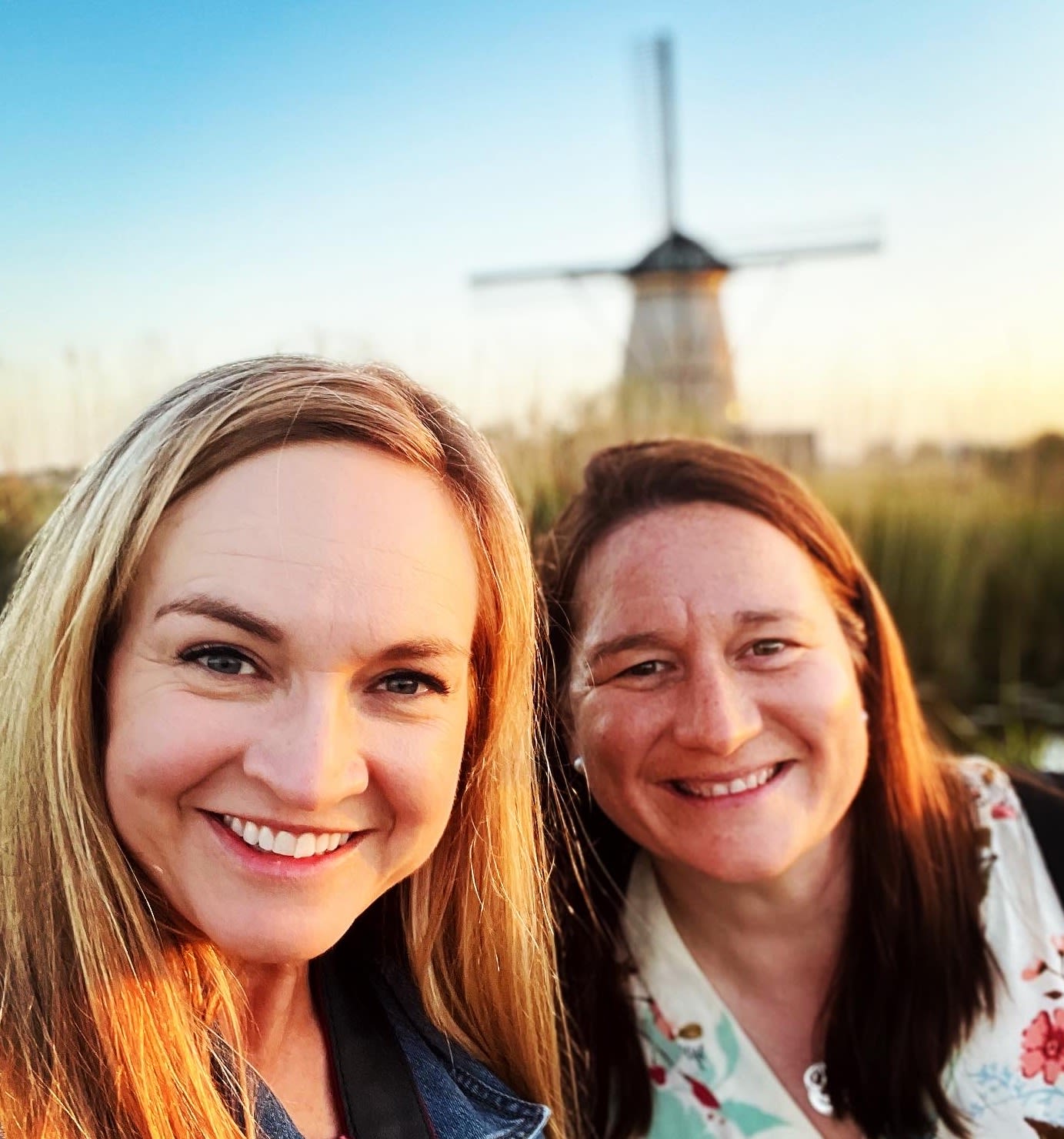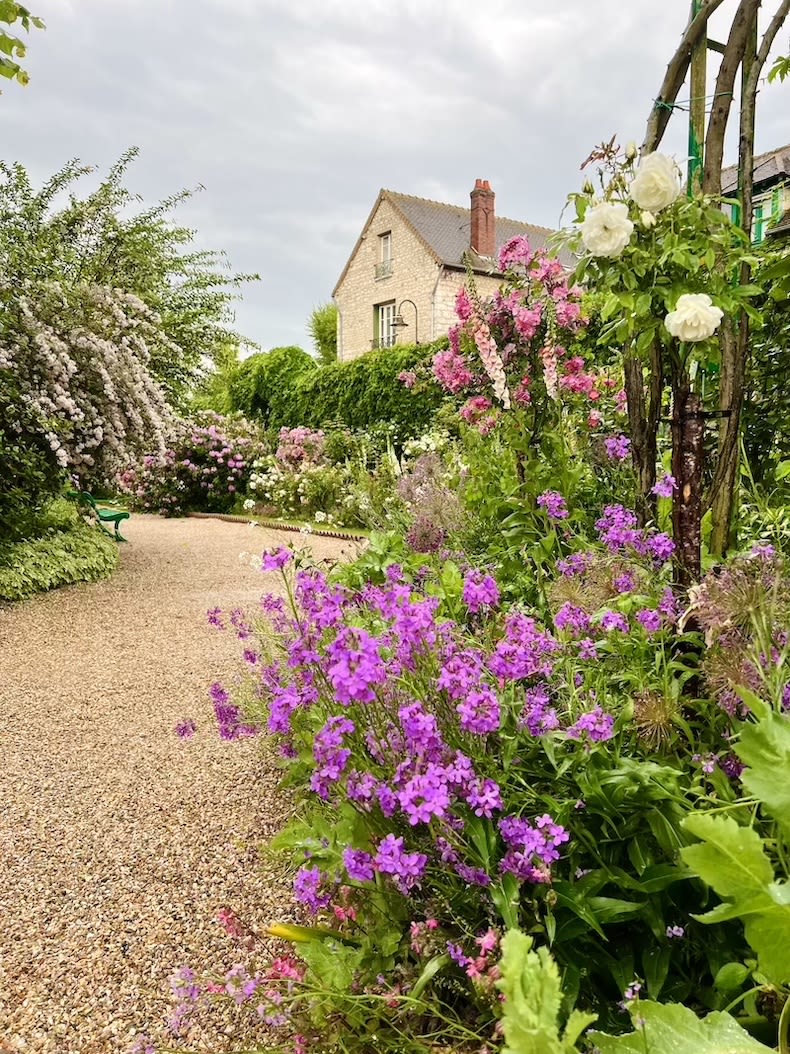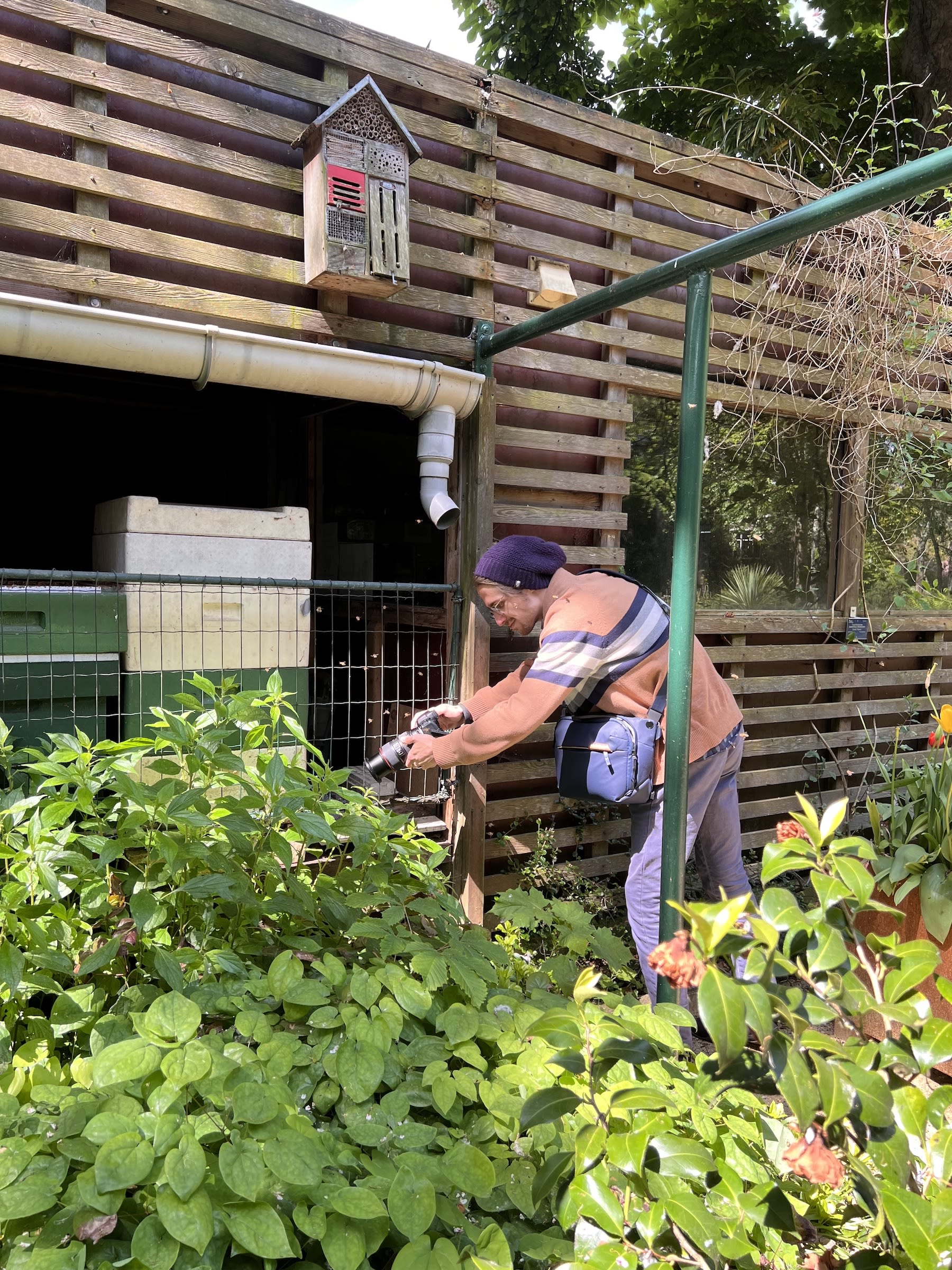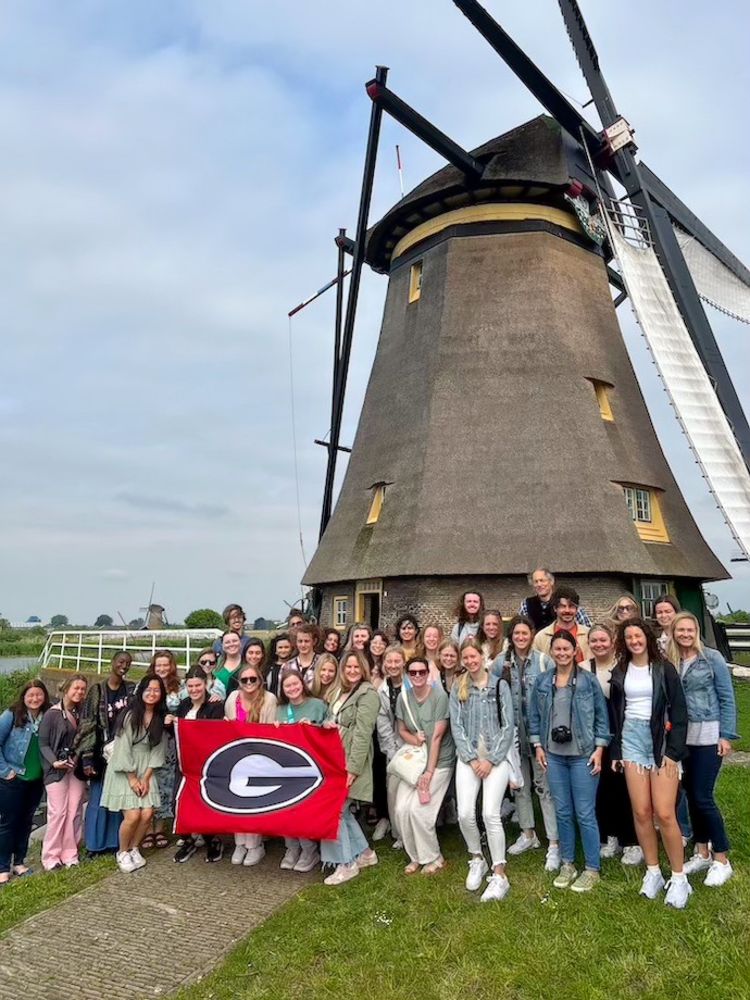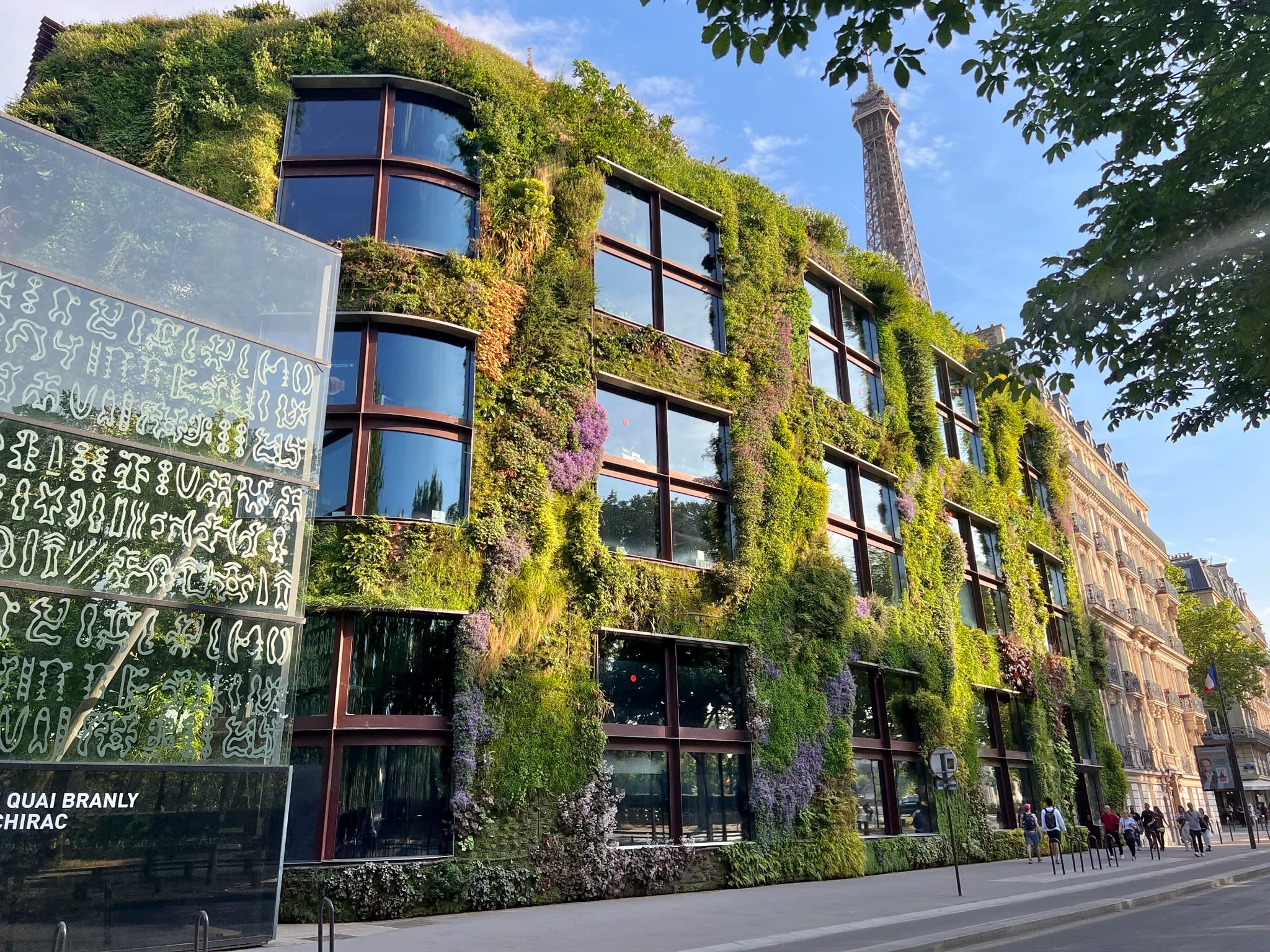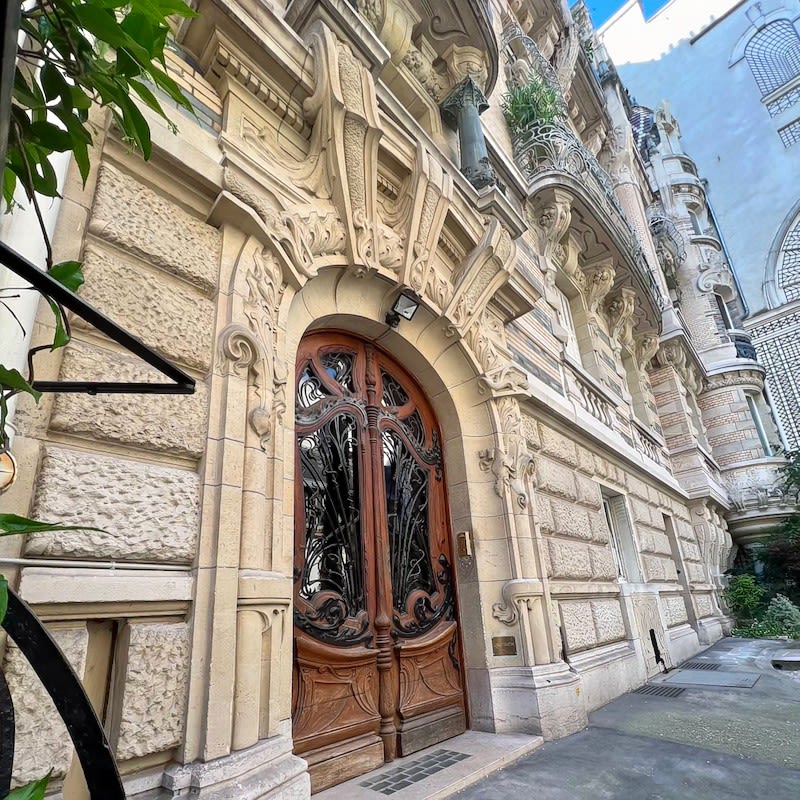CAES faculty help students see the world through a new lens
Students explore Europe's gardens to learn about visual communication, horticulture and potential career paths in the Flowers and Photography program.

For students experiencing the study abroad program Flowers and Photography of Europe, the adage “Beauty is in the eye of the beholder” became literal as coursework in horticulture and photography blended with a breathtaking tour through the continent’s rich horticultural landscapes.
Led by University of Georgia College of Agricultural and Environmental Sciences (CAES) faculty Julie Campbell and Jessica Holt, the program’s focus is on empowering students to see career opportunities beyond the classroom. The May session course provides three credit hours for the “Horticultural Study Tour” (HORT 4925) course and three for “Community-Based Agricultural and Environmental Science Communication” (AGCM 4310).
“Our hope for this program is that students gain cultural experiences, practical skills and valuable knowledge that will help them better understand the value of horticulture to culture and society,” said Campbell, an assistant professor in the Department of Horticulture who specializes in horticulture marketing and consumer behavior.
Holt and Campbell stand in front of a windmill in Kinderdijk, Netherlands, a UNESCO world heritage site of traditional Dutch windmills.
Holt and Campbell stand in front of a windmill in Kinderdijk, Netherlands, a UNESCO world heritage site of traditional Dutch windmills.
An associate professor in the Department of Agricultural Leadership, Education and Communication (ALEC), Holt teaches a photography course that focuses students’ attention on the burgeoning field of digital storytelling and science communication.
“This just seemed like a perfect blend of subject areas to help students open up and explore the diversity of landscapes and culture through their own lens — so to speak,” said Holt.
The instructors chose locations that were easily navigable, picturesque and of historical relevance to the modern-day horticultural industry, Holt explained.
The first destination was the world-renowned Keukenhof Spring Gardens in Amsterdam. Referred to as the “Garden of Europe,” Keukenhof boasts the largest tulip planting in the world and is the international and independent showcase for the Dutch floricultural sector. The group also visited art museums, took a canal cruise through a UNESCO World Heritage site, visited impressionist painter Claude Monet’s famous garden, bought flowers at a floating market, visited the world’s largest flower auction, and walked through stunning botanical gardens, where the heart of European city-life beats.
“The evidence of how flowers have shaped the culture in Europe is undeniable,” Campbell said. “It’s quite different how we treat flowers and how Europeans treat flowers. For us, it’s mostly for special occasions. In Europe, floral design is integral in architecture, the economy and daily lives — its’ part of their identity."
This coexistence led to discussions comparing the European floral industry to that of the United States.
“We saw just how big the industry is and that you don’t have to be a subject matter expert to have a career in this field,” Campbell added. “Hopefully this experience opened students up to the vast career possibilities that exist in this area here in the U.S. and elsewhere.”
The group also visited Dümmen Orange Europe, a global supplier of high-quality ornamental plants from top breeders throughout the world.
“What was so neat about this experience,” said Campbell, “is that here we are, in the Netherlands, meeting with a century-old leader in the floriculture industry, and we were able to bring it back to a more micro-level because the several flower and plant varieties seen in the UGA Trial Gardens are supplied by Dümmen Orange’s U.S. division.”
Such experiences further galvanized the broad extent the horticultural industry plays across the globe for students, she said.

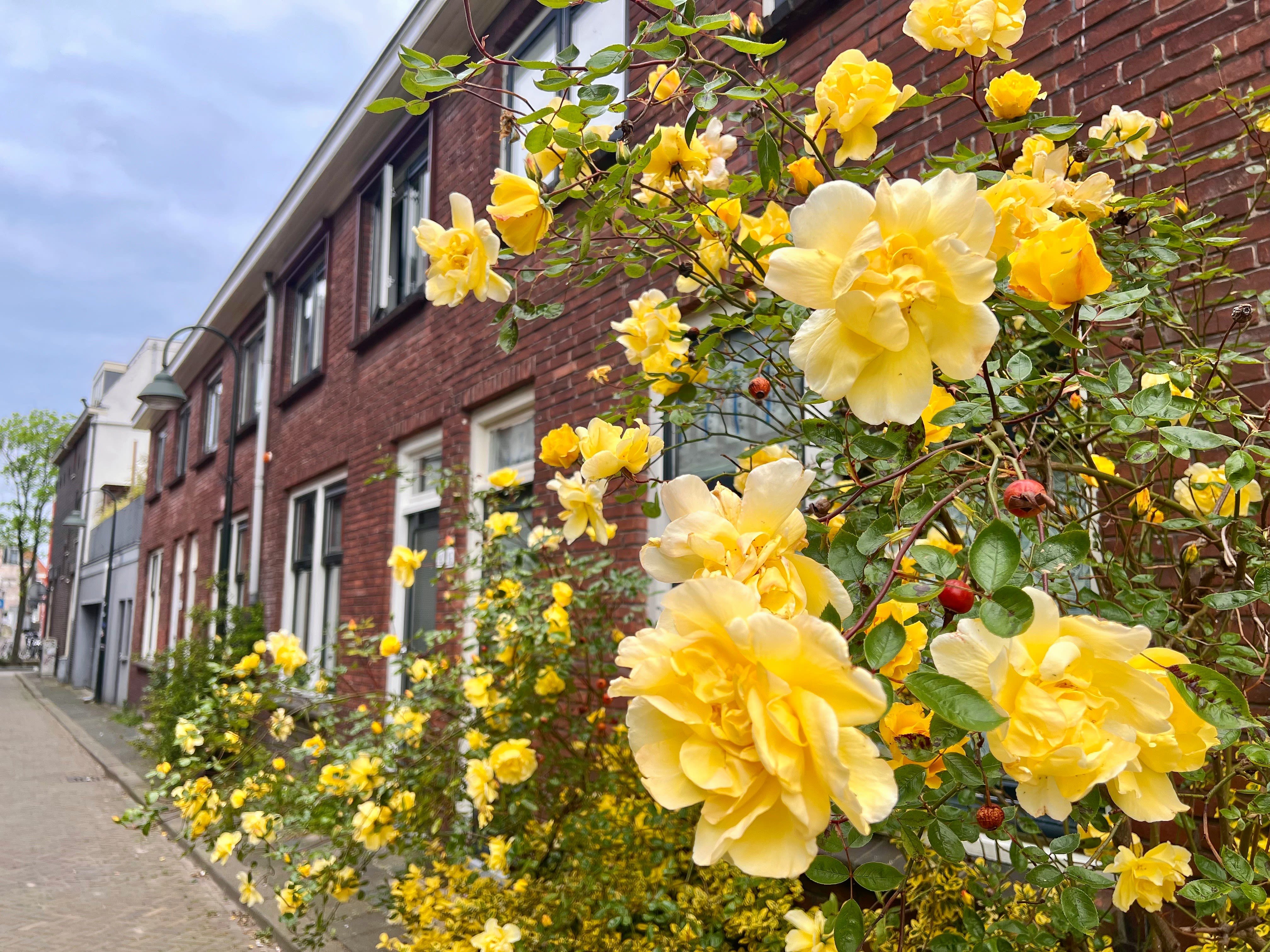
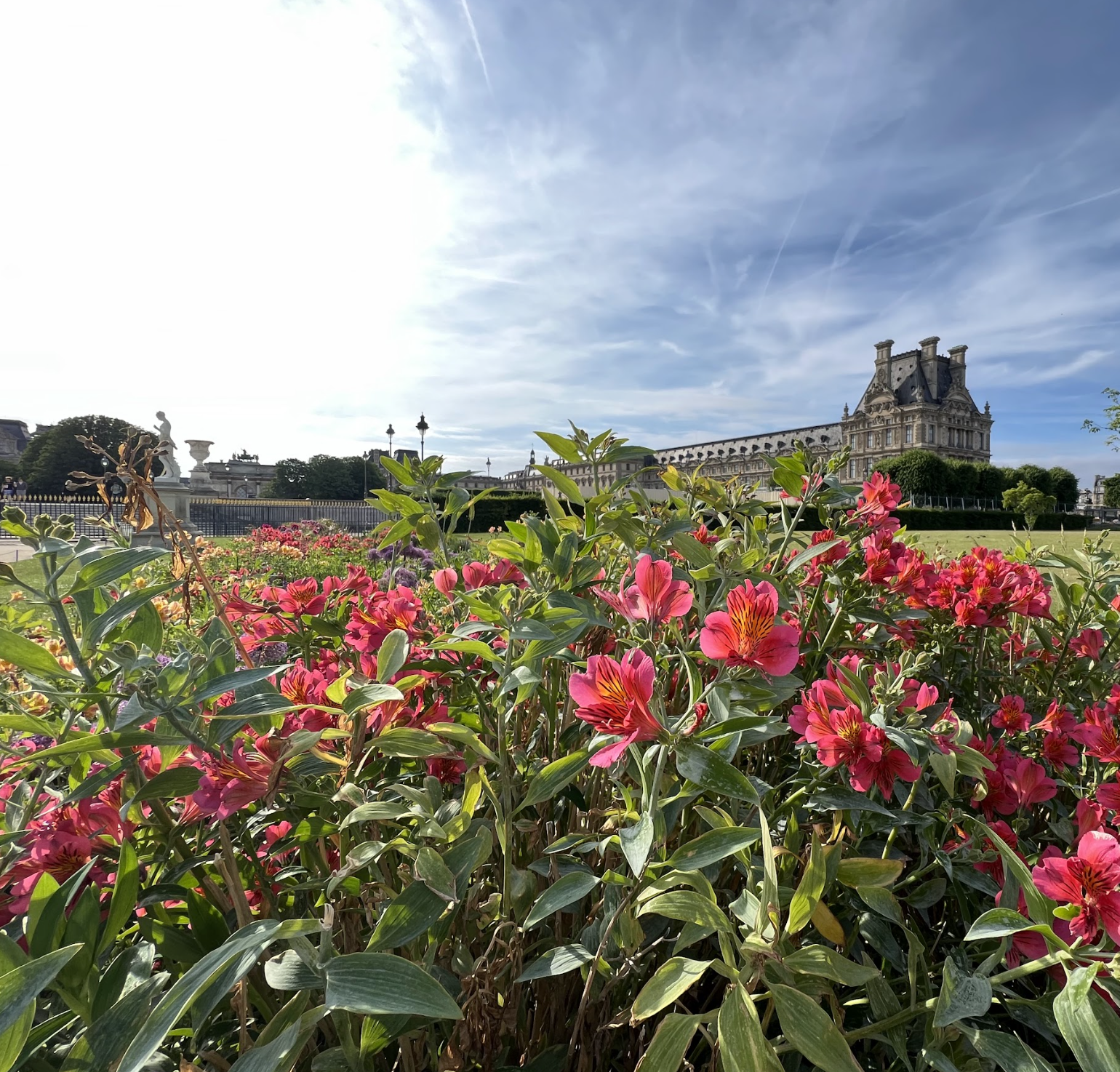
The Netherlands is the heart of the international floriculture sector.
The Royal FloraHolland is the world’s largest flower auction and is the place where global supply and demand come together.
To promote abstract thinking, students documented their experiences through photography based on prompts given to them at each destination. The prompts helped focus students’ attention to the task at hand, while allowing them the freedom to explore the city and discover for themselves how best to communicate their story, Holt explained.

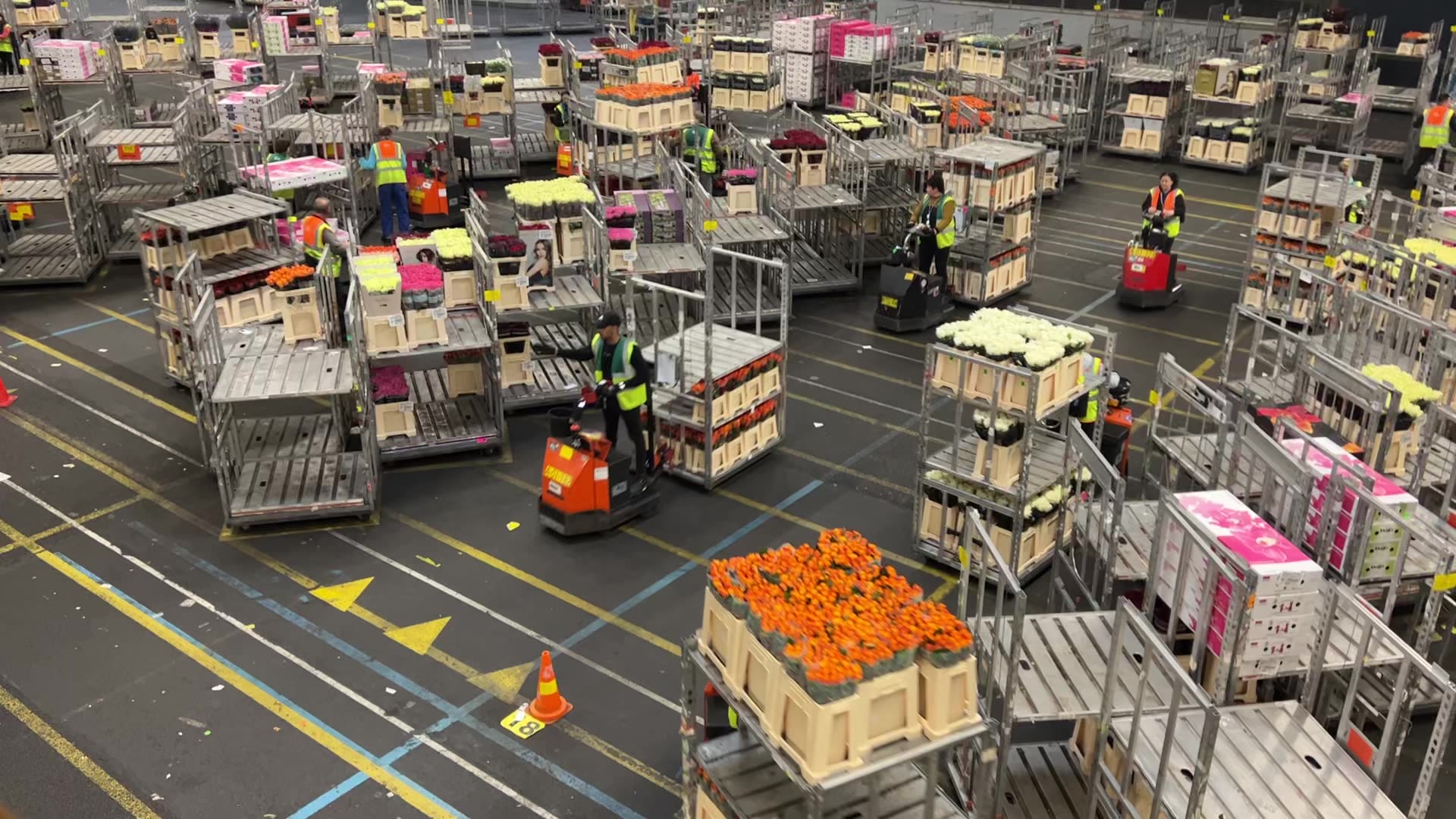
“It was so interesting to see, though they were assigned a common task, that the records of their individual experiences were so different. You could see they were really paying attention to their surroundings in different ways and being intentional in their choices of how best to document and represent those experiences,” Holt added.
As this was the program’s inaugural year, CAES Dean and Director Nick Place joined the students in the Netherlands and led a discussion on the cultural and economic importance of international agriculture.
“I’ve always been a strong advocate for study abroad as a part of the student experience, so this opportunity to go experience another culture right alongside CAES students was incredible,” said Place.
“The conversations I had with students on the trip were insightful and encouraged me about the outlook for agriculture and the environment in the hands of these future leaders.”
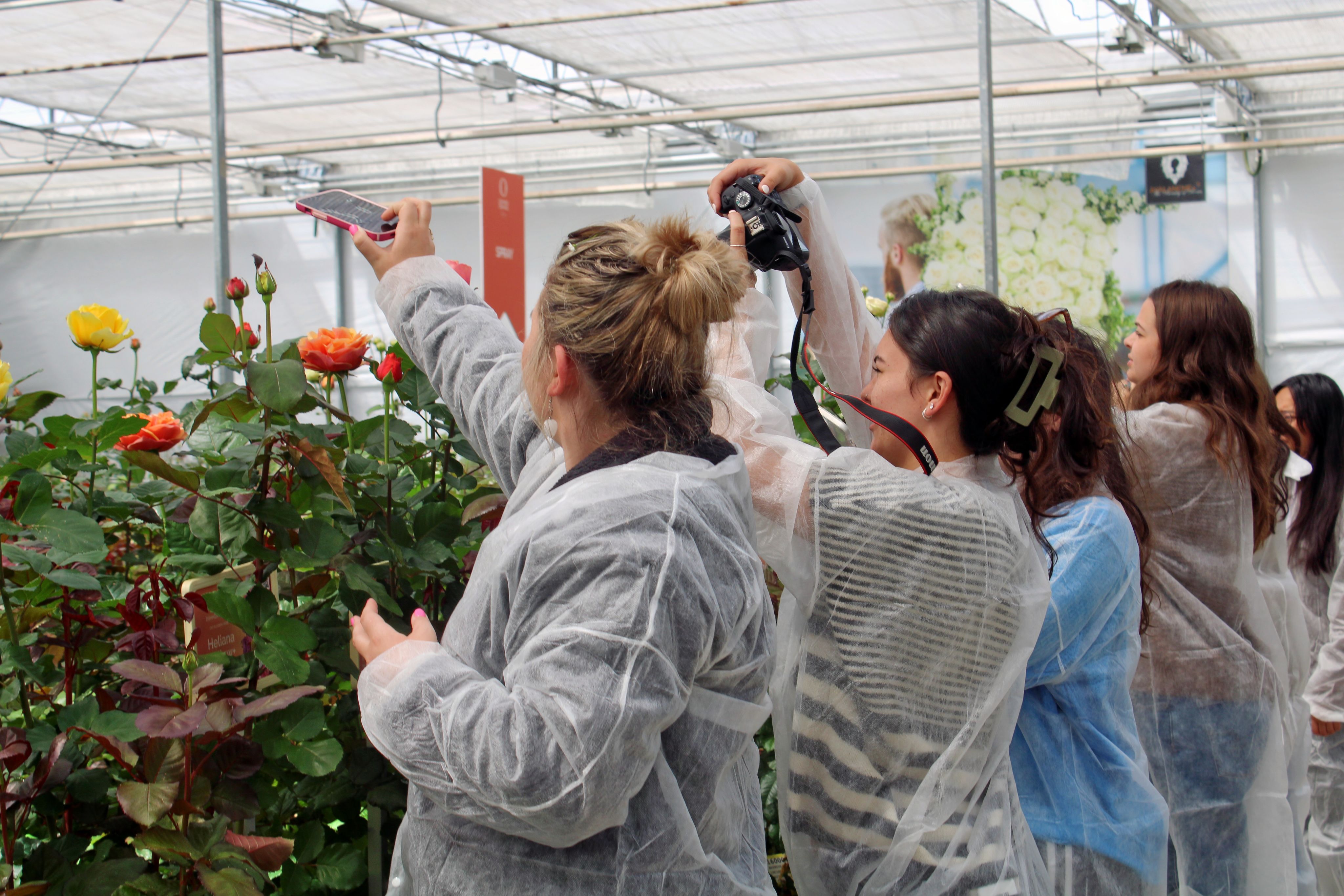
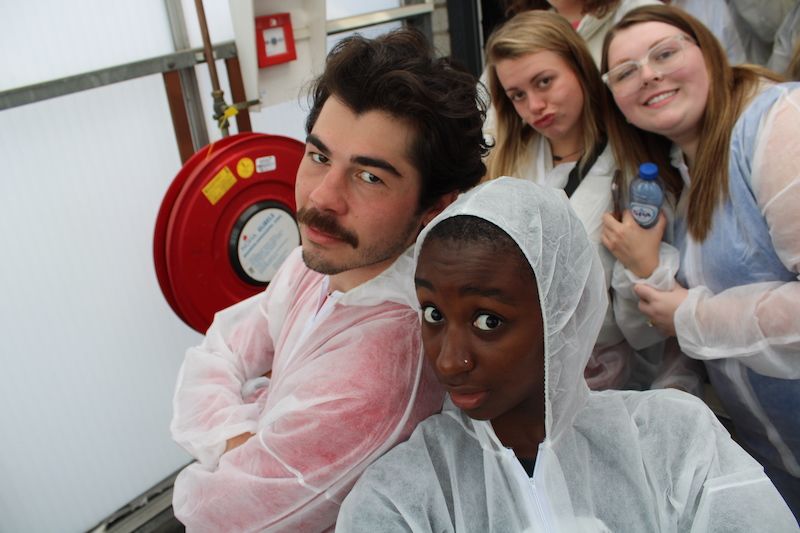

Place, who previously worked in Poland to help the Polish Ministry of Agriculture restructure its agricultural extension system, was able to share his own experiences in international agriculture and the impact it has had on his life.
“International collaboration affords many opportunities as we seek to create a more sustainable global food system. It’s during discussions like these that you’re able to really see the pieces come together for students as they take their classroom knowledge and apply it to the settings they are in,” Place said. “It’s proof that the study abroad learning environment is unlike any other.”
To increase multidisciplinary collaboration, Campbell and Holt expanded the study abroad opportunity to students in any UGA college or school.
“We were amazed at the interest for this program,” said Campbell. “We had over 90 applicants from across campus. It was great having the diversity of educational backgrounds because so much of the coursework was discussion-based. Having the variety of perspectives helped deepen our conversations and added complexity in the best way.”
Often, buildings throughout Europe incorporate live plants as part of the structural aesthetic.
Often, buildings throughout Europe incorporate live plants as part of the structural aesthetic.
The facade of many buildings takes inspiration from design elements found in nature, with intricate ornamental features woven into the masonry and ironwork.
The facade of many buildings takes inspiration from design elements found in nature, with intricate ornamental features woven into the masonry and ironwork.
The Antwerpen-Centraal transit station opened in 1905 and is widely regarded as the best railway architecture in Belgium.
The Antwerpen-Centraal transit station opened in 1905 and is widely regarded as the best railway architecture in Belgium.
Students visited cultural monuments like the Musée d'Orsay to learn how florals influenced important architecture.
Students visited cultural monuments like the Musée d'Orsay to learn how florals influenced important architecture.
The ceiling at the Galeries Lafayette in Paris, France, resembles a flower in bloom.
The ceiling at the Galeries Lafayette in Paris, France, resembles a flower in bloom.
Immersive experiences like this help students think outside of their own norms.
“Seeing other cultures opens you up to seeing there are other ways of doing things. It’s an easy entry point to start more complex conversations in a non-controversial way and then broaden it out to food systems, climate and other important ideologies,” Holt said. “When I look through the photographs I took, I realized that the main subject of most of my photographs was not the picturesque, lovely locations we visited, but the students themselves. I just loved watching them interact with each other and become more comfortable exploring along our journey. It was as if I documented their growth on this trip, and I hope they can look back and see that growth as well.”
For more information on the travel opportunities available with CAES, visit the study abroad webpage.

